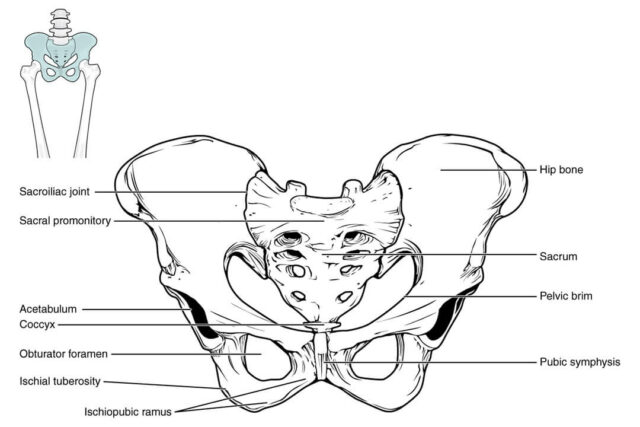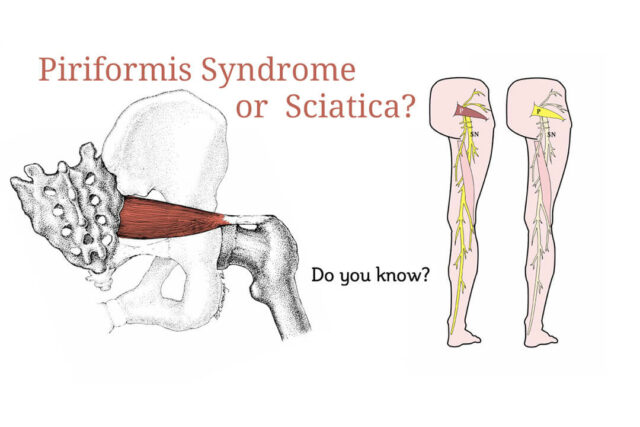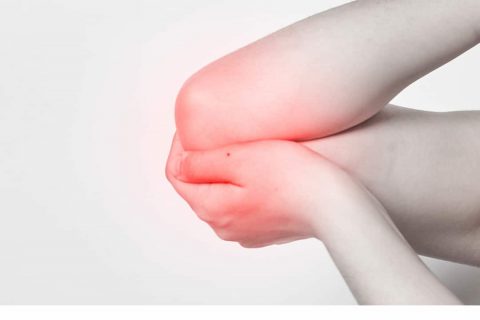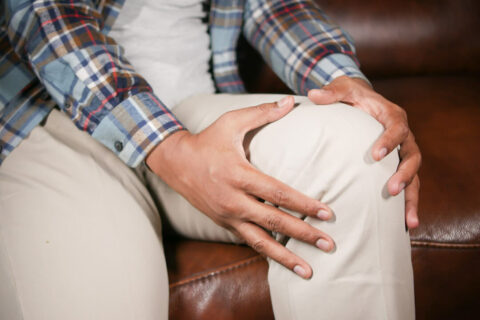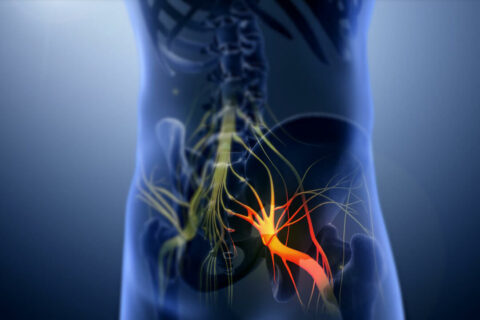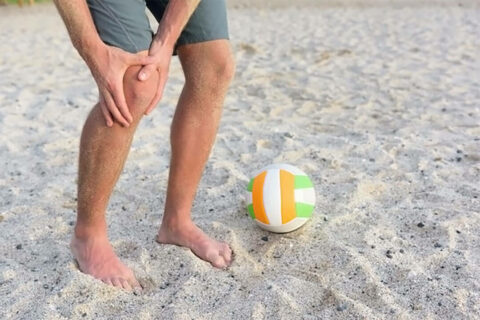Sciatica
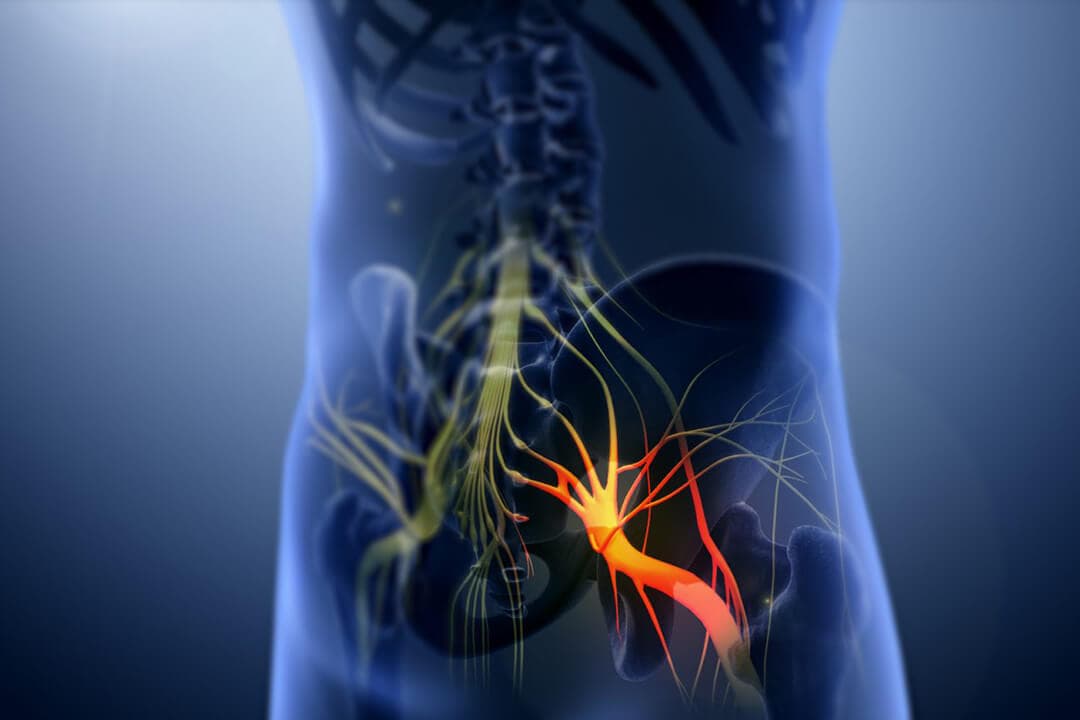
Sciatica refers to pain that travels along the path of the sciatic nerve as it extends from the lower back through the buttocks and down the leg. Because of this, pain is predominantly felt down the leg but can sometimes be accompanied by lower back pain. The pain can vary from a mild ache to extreme pain. There can sometimes be tingling, or numbness associated with the leg pain.
True sciatic pain is related to compression of the nerve roots of the sciatic nerve as they exit the lumbar spine. However, there are many other causes of leg pain which often mimic sciatic pain which are not as serious but can be quite painful.
True sciatic pain:
Pain that travels down the back of the leg to the calf or outside of the lower leg may be caused by compression of the sciatic nerve. This compression can be caused by a herniated disc or bony spur in the lumbar spine. Often this type of sciatic pain can resolve with manual treatment and lifestyle adjustment to allow the inflammation around the disc or bony spur to subside. In some cases, especially where there is muscle weakness or loss of bowel or bladder function, surgery may be required.
The presence of a disc injury does not preclude Osteopathic treatment. Gentle Osteopathic treatment is designed to reduce the biomechanical stress on the lower back and improve function to help reduce inflammation and take pressure off the nerve root. A thorough examination of the lumbar spine, pelvis and lower extremity is needed to address the cause of the problem which has led to the initial compression. Sometimes a problem in the lower leg or muscles of the low back can cause a problem leading to a tilting of the pelvis which causes compression of the sciatic nerve roots.
Pain that can mimic true Sciatica.
Not all leg pain is the result of pressure on the sciatic nerve. The location of the leg pain can often give a clue as to where the pain is coming from. Pain that doesn’t go beyond the knee is usually less serious than pain all the way down the leg. Pain that is located at the side of the outer thigh is usually not disc related. Pain directly down the back of the leg or at the back or side of the calf can be due to disc issues but not always.
Other common causes of leg pain:
- Myofascial Trigger points
- Sacro-Iliac joint problems
- Piriformis Syndrome
Myofascial Trigger points:
Sciatic type pain is commonly caused by trigger points found in several muscles around the hip and thigh. The muscles most effected are the gluteus medius, gluteus maximus, piriformis and quadriceps. All these muscles can become overly tight and develop tender points in the muscle referred to as trigger points. These points can refer pain down the leg and into the calf muscle or foot.
Sacro-Iliac Joint problems:
Sacroiliac joint dysfunction is improper movement of the joints at the bottom of the spine that connect the sacrum to the pelvis. It can result in pain in the low back and legs, or inflammation of the joints known as sacroiliitis. Other symptoms that can be caused by this joint include: sensations in the lower extremity such as pain, numbness, tingling, and weakness, pelvis/buttock pain, hip/groin pain, and a feeling of leg instability (buckling, giving way).
Piriformis Syndrome:
The piriformis is a deep muscle in the posterior part of the buttocks. Excessive tightness in this muscle can lead to irritation of the sciatic nerve as it passes under this muscle. Piriformis syndrome can cause the patient to experience symptoms similar to true sciatica but the cause of the problem is less serious and amenable to treatment. In addition, a trigger point may develop in this muscle which can amplify the pain of the nerve.
Treatment:
All the above conditions can be treated effectively with Osteopathic manipulative treatment and exercise advice. Treatment begins with a detailed biomechanical examination including assessment of strength and length of muscles and examination of joint function in the pelvis, lower back and leg. Neurological and orthopaedic tests are also carried out to see if any disc or joint problems are causing or contributing to the pain.
A combination of techniques are used to correct muscle imbalance and joint problems in the pelvic and lower back with corrective exercises given to maintain goals. Often a lifestyle assessment is also carried out to ascertain if some habits in daily life or exercise are contributing to the problem. If a referral is indicated this will be explained to you.
Thankfully, the large majority of sciatic pain cases can be effectively treated without the need for surgery. Bear in mind that just because you have pain down the leg it may not be due to a serious problem.
References:
An Osteopathic Approach to Diagnosis and Management of Sacroiliac Joint Dysfunction
